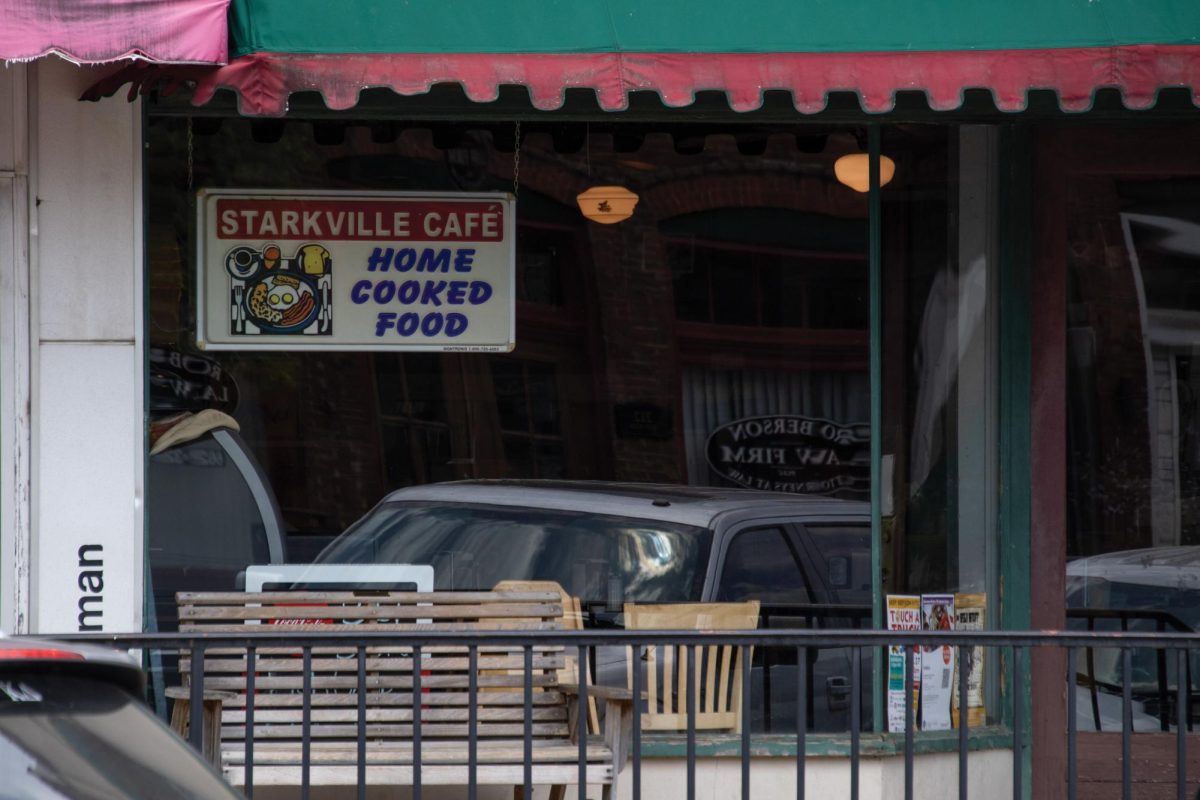I am writing this in response to the opinion article titled, “Since when is two inches of snow a state of emergency?”
The writer incorrectly assumed that it was only because of the two inches of snow and ice that the majority of the southeastern United States was shut down. This simply was not the case. Yes, the south is ill-prepared for an event of this magnitude. The reasoning is simple. There is no reason to pay for the maintenance and upkeep for equipment that may be used up to three to four times a year. In a budgetary situation, like almost every state has, this simply would not fly, especially when there are more pressing matters to allocate governmental money toward.
Let’s put you, the reader, in the shoes of a congressman/woman. If someone came onto the floor during a budgetary debate and requested money be allocated for equipment that may be used up to three to four times a year at the most, would you put the money into it? Let’s assume that in order to clean up something of the magnitude of the event that happened, it would take 50 percent of what most states in the Mid-Atlantic region experience. The State of Virginia estimates that the average cost for a “major statewide snow or ice storm” would cost “about $11 million per day.” These numbers were taken from an article found on “The Daily Press,” which serves the Hampton Roads region of Virginia. So let’s use the situation that I have put before us and say we in the south would only need 50 percent of that, so around $5.5 million per day for a major snow or ice storm event. Take the days this event has taken to get situations close to normal, around three days. This brings our grand total for this one event to $16.6 million. That would be a budgetary situation that would not be very easy to justify to a state Congress that already struggles to make ends meet.
Moving onto the weather itself, the Birmingham, Ala., ASOS station reported two inches of snowfall. The ice accumulations are what put a stop to Birmingham traffic and caused the majority of the problems. The accumulation was as high as one inch in some locations. This forecast was admittedly difficult for every meteorologist. Forecasts will be wrong at times. It’s the nature of the job and nature itself. The Mississippi State University area was spared from this storm with the exception of .2 inches of snowfall. Icy road conditions caused what we saw in Atlanta and Birmingham, and it would have caused more mayhem here if we were put into that situation.
I would just like the author of the previous article to take a step back and think about the situation at hand. People in the south, generally, do not know how to drive in wintry conditions due to the pure lack of need to learn how. The monetary need for preventative measures isn’t nearly as necessary here as it would be at a location of higher latitude or elevation. This fact makes it quite difficult to justify the amount of allocation necessary to effectively prevent the situation we saw. I hope that before you start judging the south for responding so dramatically to adverse conditions, you think about how uncommon this type of event is for this area. With that in mind, a situation like what we saw is not unlike that “Superstorm” Sandy for the New England area in terms of the crippling effects. New England was not prepared for Sandy, and the south was not prepared for this amount of ice.

























































































